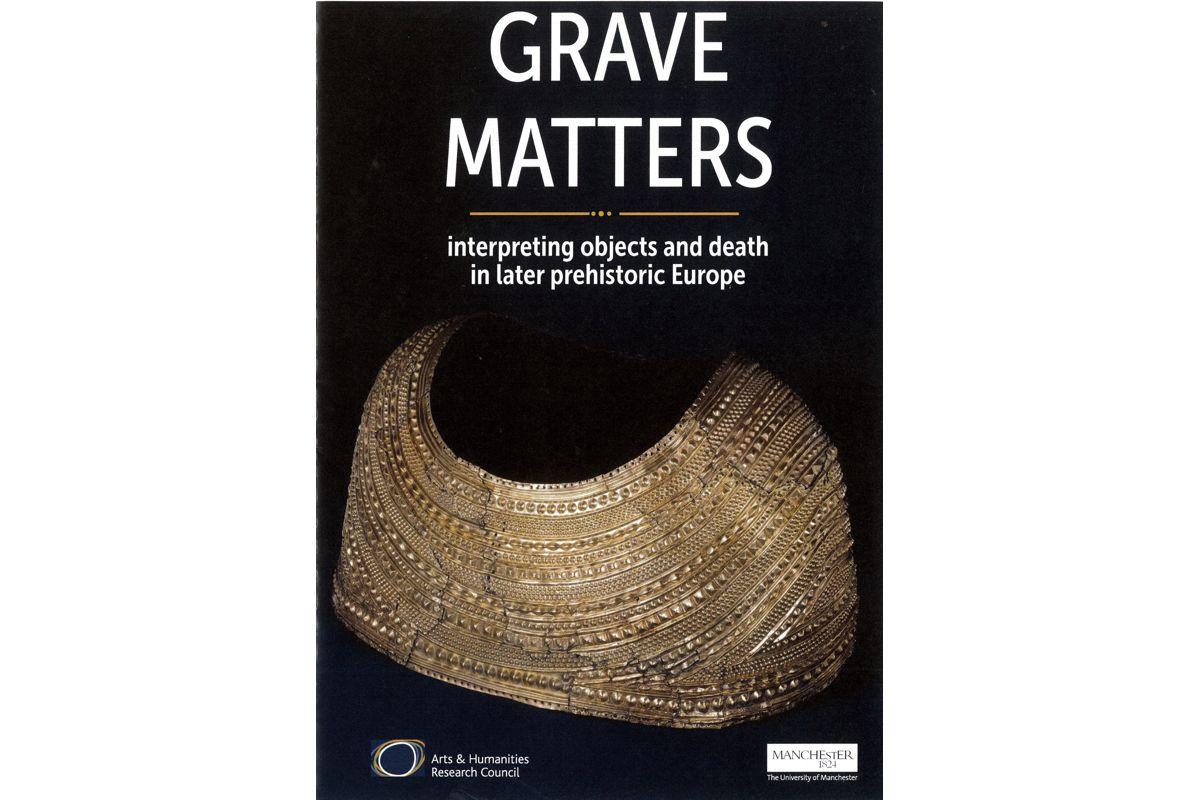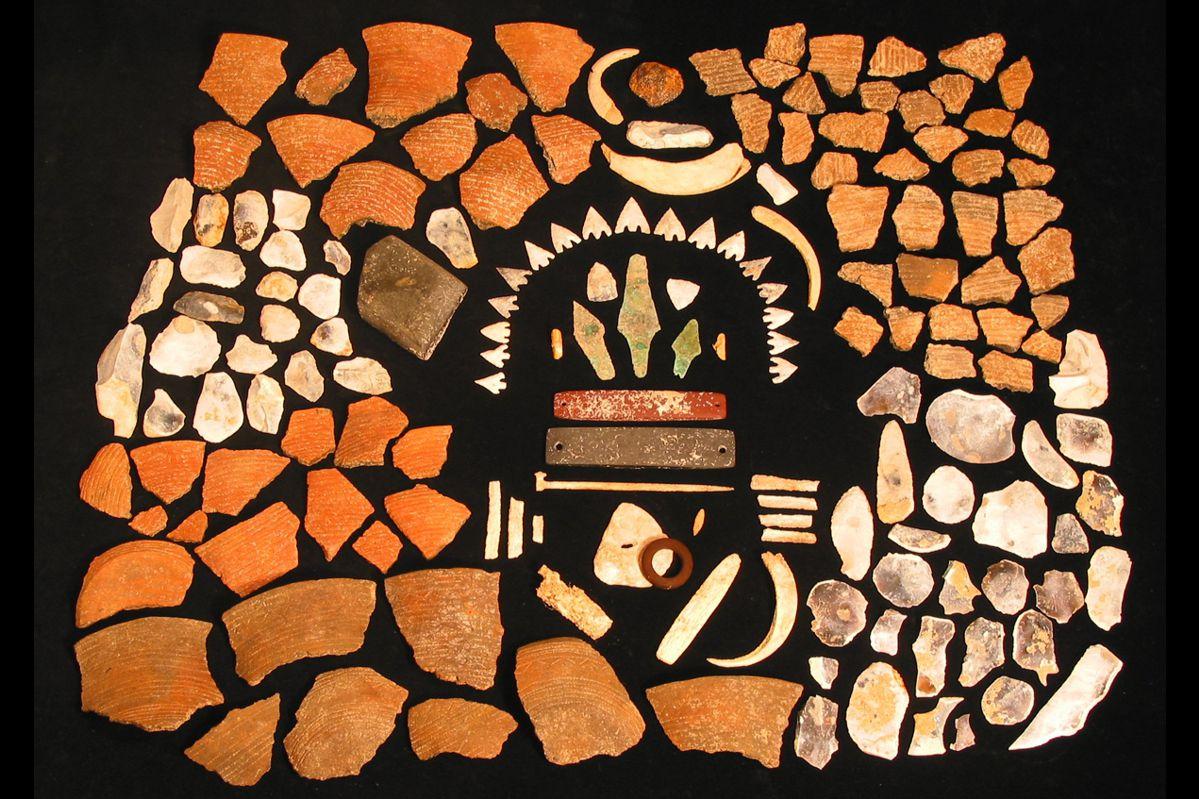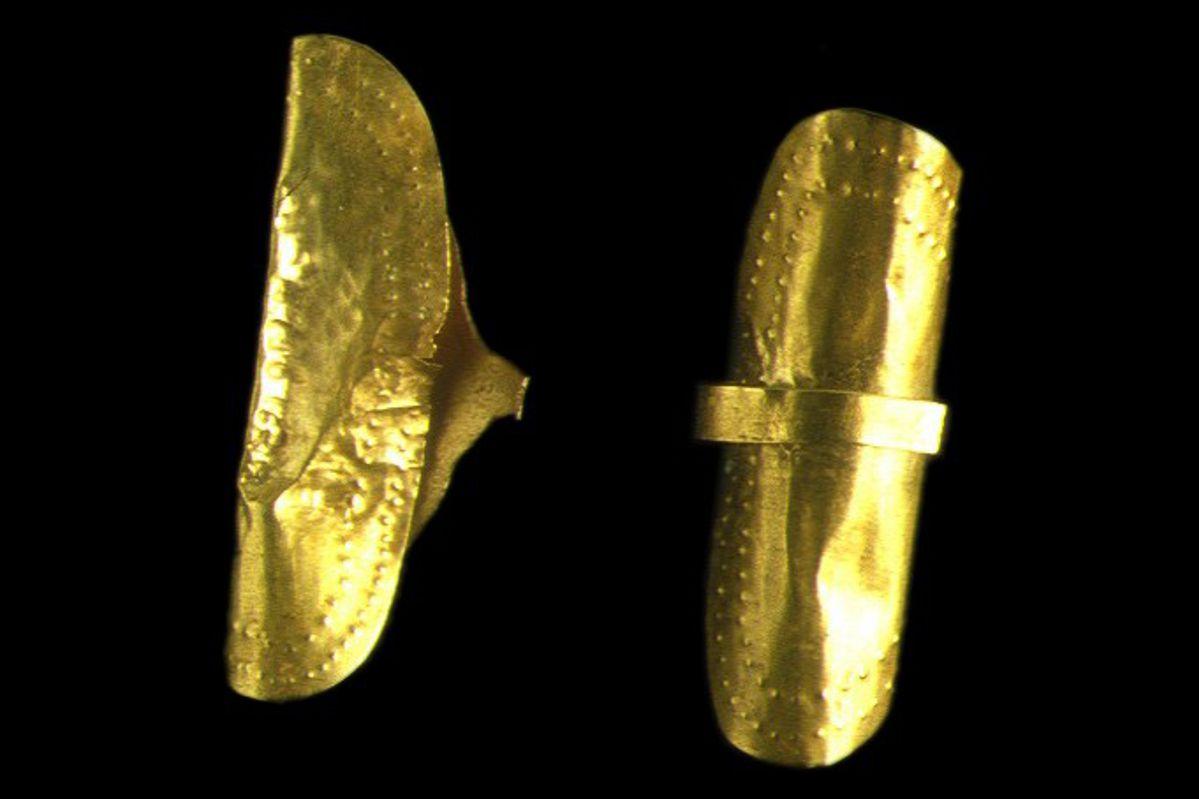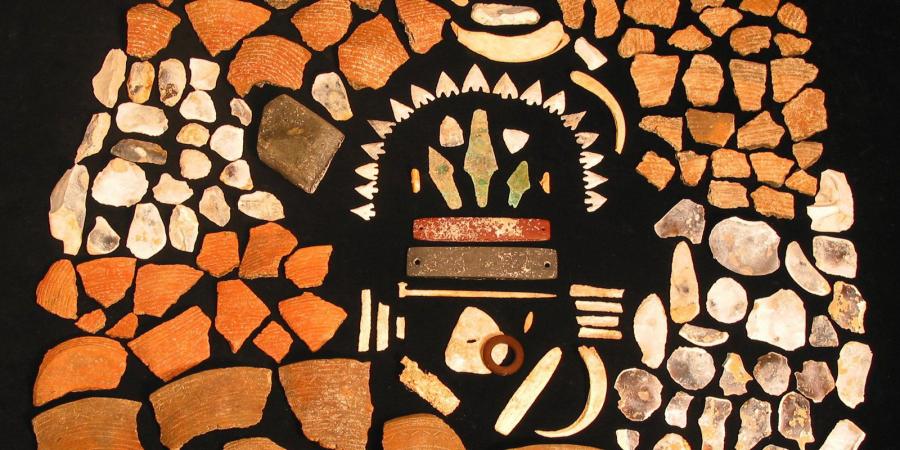It started with an exploding coconut. It was a grave good you see, or at least it was placed in a coffin, where it exploded, causing Bolton Crematorium to issue a stern press release: no more coconuts (or golf balls, mobile phones, bottles of vodka, whisky or champagne) − they cause damage to the equipment and issues with emissions.
And so began the Grave Matters conference, which arose from a current Arts and Humanities Research Council-funded project examining grave goods in the British Neolithic to Iron Age. The project will create a database, monograph, schools’ teaching pack, and a Manga cartoon, all exploring changing attitudes to death (and life) in British prehistory.



The anecdote of the coconut set the scene. The use of grave goods is not some redundant rite for ‘primitives’, but an enduring way for people to say something about the identity of the deceased, to reconcile themselves to loss, and to their own mortality. Grave goods create bonds.
The conference was an interim gathering to air the emerging results, but also to put the British remains into a broader context: around half of the speakers presented material relating to their European homelands.
With regard to the project’s results, the numbers of burials (including cremation vs. inhumation) have been tracked over time alongside quantities and types of grave goods. Even at this early stage, certain long-term trends are apparent: the dead suddenly become much more archaeologically visible in the Late Neolithic, are hard to avoid in the Middle Bronze Age, disappear again at the Late Bronze Age/Early Iron Age transition, before a second peak in the Middle Iron Age. Raw numbers of grave goods, the types of object, and the materials from which they were made, generally track the numbers of burials/inhumations. There is generally little lag between a type of object coming into everyday use, and its appearance in a funerary context.
There was the necessary picking at definitions: what constitutes a grave good? In the past (and perhaps present) some objects found within graves have been discarded or overlooked because they do not fit the excavator’s preconceptions of what a grave good ‘should’ be. And what do we mean by a grave? This is straightforward for the most obvious examples, but funerary behaviours in prehistory created features that dwell on the fringes of the obvious: a child’s skull in a pot buried beneath a hearth; the commonly found deposits of bone representing less than a single individual (moreover, such deposits when carefully examined are often found to comprise the remains of several individuals). Are these graves? And what are we to make of those perfectly equipped graves, which would be textbook examples but for the lack of a body? A barrow in France was found to contain a charred tree and single piece of cremated human bone: which here was the body and which the grave good?
Some themes recurred throughout the day. The dead were often not allowed to rest in peace in prehistory: graves were revisited, opened, their contents mixed. Human remains could even be used as ornaments or musical instruments. These were ‘performative cultures’ and body parts were put to use accordingly, but were just one element in a spectrum of ceremonies involving deposition. Some burial rites appear relatively standardised, others are more idiosyncratic. Can we discern the rules, and what did it mean to break them? The nature of the archaeological resource means that we often build our images of prehistoric societies on graves, but how representative are they of everyday life? Interestingly, nobody asked if people in the past felt grief or fear death and the dead like we do.


Finds from the grave of the Amesbury Archer
Our own so-called ‘Amesbury Archer’ featured in more than one presentation, and Jackie McKinley was able to offer extra detail and insight about this significant, but not-so unique burial (it has strong parallels in what is now the Netherlands).
Overall, the day left me feeling in a paradoxical spin. On the one hand, our prehistoric ancestors seemed closer: the use of physical objects to negotiate our shared mortality is a commonality. But the treatment of human remains in the past − the mixing, moving, embellishing, sharing − betrays attitudes alien to our own. It is something to study.
